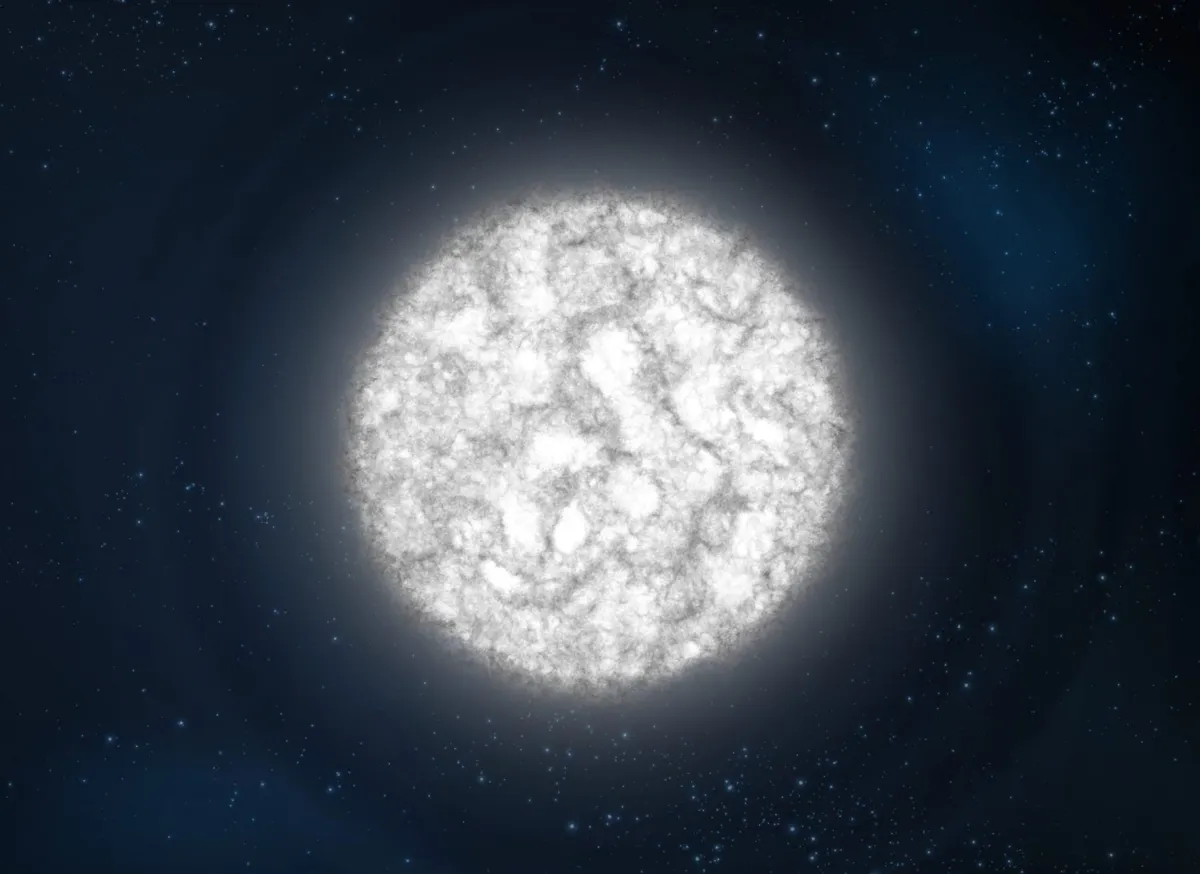Astronomers have discovered a new kind of stellar explosion, called a micronova. But don’t be deceived by its seemingly diminutive name – these are actually colossal stellar explosions that can consume 20 million trillion kg of material in just a few hours.
The explosions were first discovered by NASA’s exoplanet-hunting mission, the Transiting Exoplanet Survey Satellite (TESS), which found three white dwarf stars that emitted a bright flash of light, lasting a few hours.
After follow-up observations from ESO’s Very Large Telescope, they were found to be miniature versions of previously known stellar explosions known as novae (not to be confused with supernovae, a different stellar event type).

What is a nova?
Novae occur when a white dwarf steals material from a larger companion star.
When this kidnapped hydrogen gas hits the hot surface of the dwarf, it immediately fuses into helium – with explosive results.
In previously known cases, this occurred across the whole surface of the star, creating a nova that could burn for a week.
For stars with strong magnetic fields, however, the incoming material gets syphoned down onto the poles.
"For the first time, we have now seen that hydrogen fusion can also happen in a localised way,: says Professor Paul Groot from Radboud University, who helped lead the study.
"The hydrogen fuel can be contained at the base of the magnetic poles of some white dwarfs, so that fusion only happens at these magnetic poles.
"This leads to micro-fusion bombs going off, which have about one millionth the strength of a nova explosion, hence the name micronova."

As well as discovering a new mechanism for how these stellar explosions occur, the find could also mean nova-like events are not as rare as previously thought.
"These events might be quite common, but because they are so fast they are difficult to catch in action," says Dr Simone Scaringi from Durham University, who led the study.
"The phenomenon challenges our understanding of how thermonuclear explosions in stars occur. We thought we knew this, but this discovery proposes a totally new way to achieve them. It just goes to show how dynamic the Universe is."
This article originally appeared in the June 2022 issue of BBC Sky at Night Magazine.

